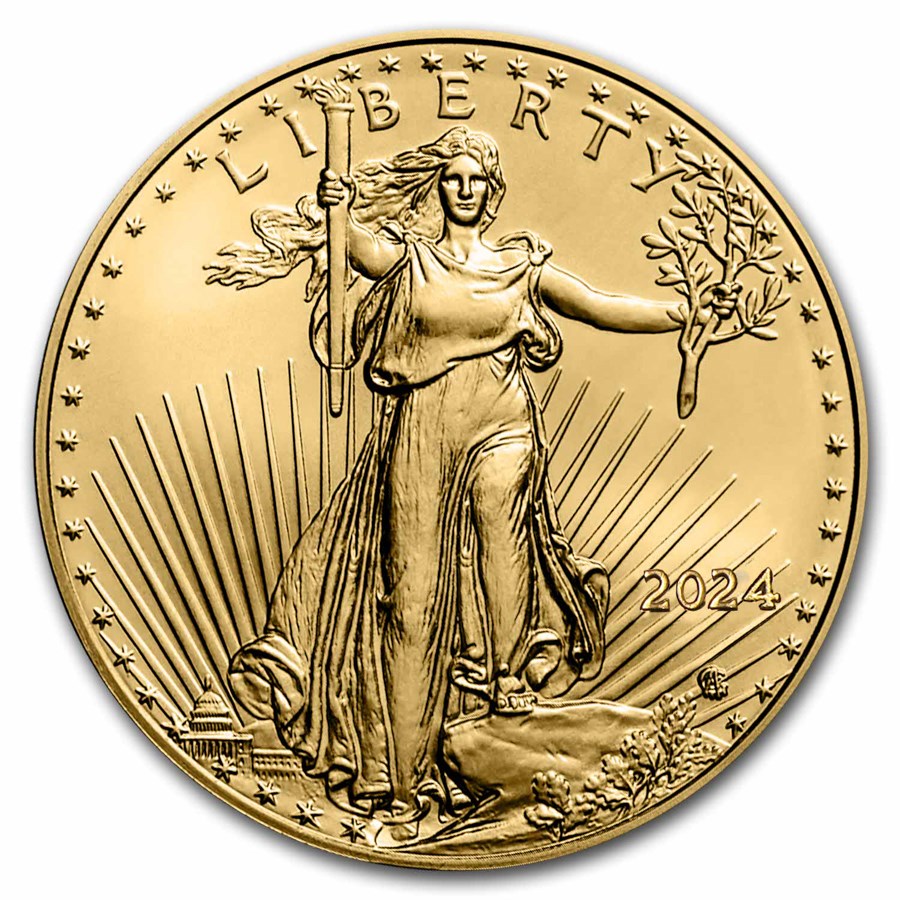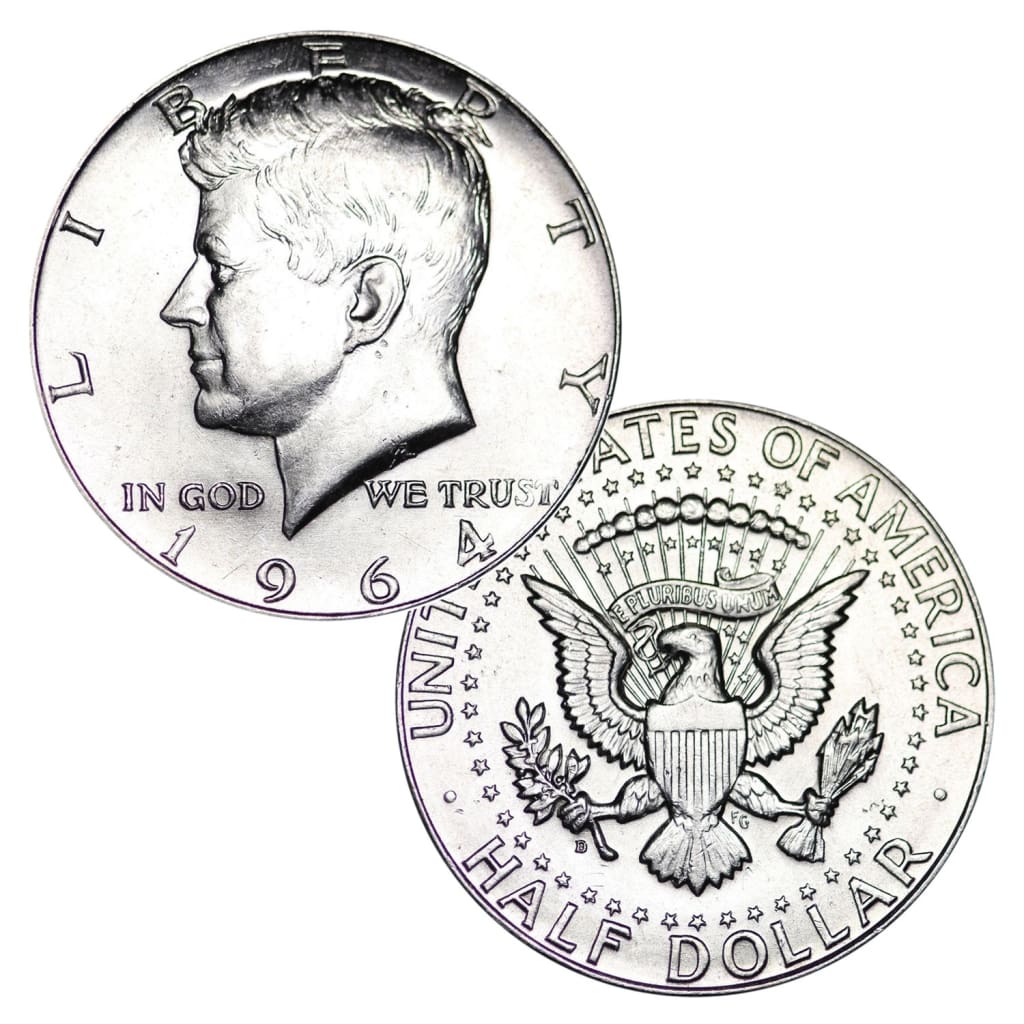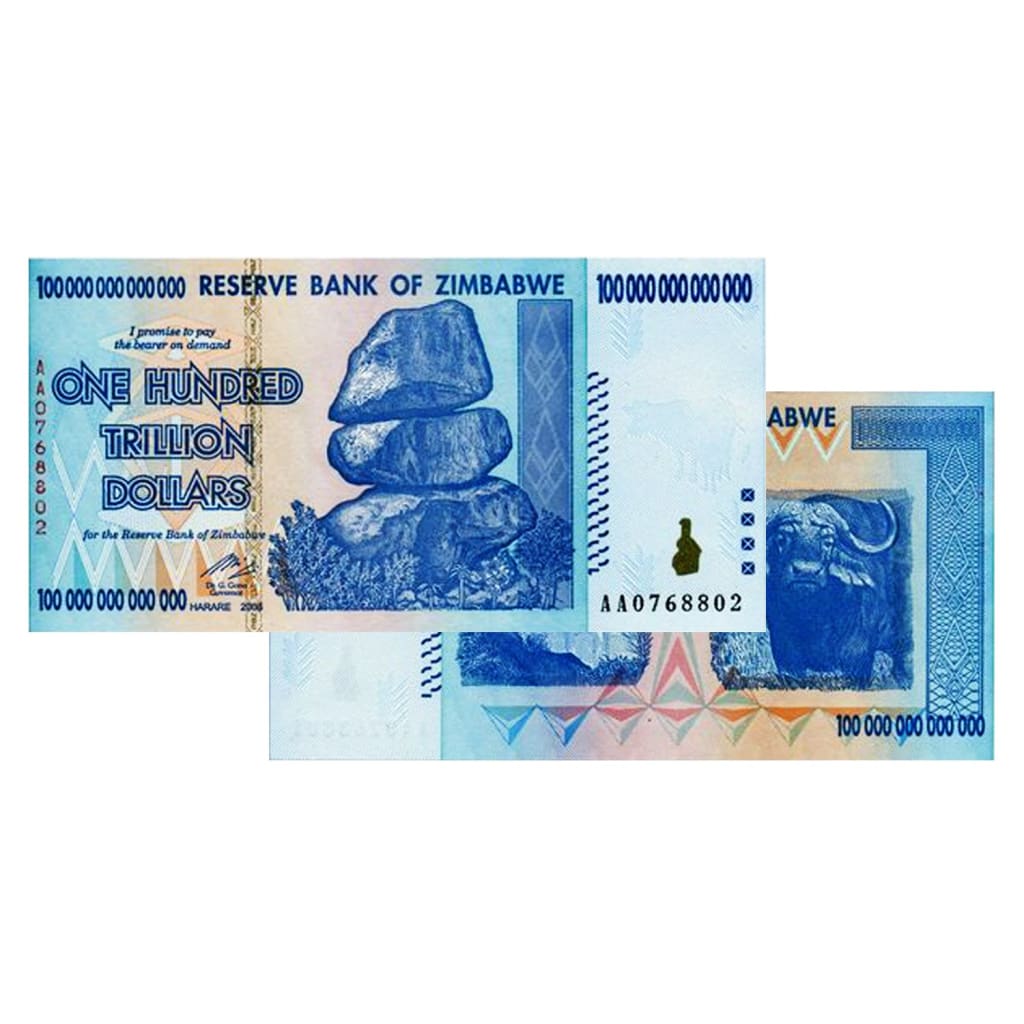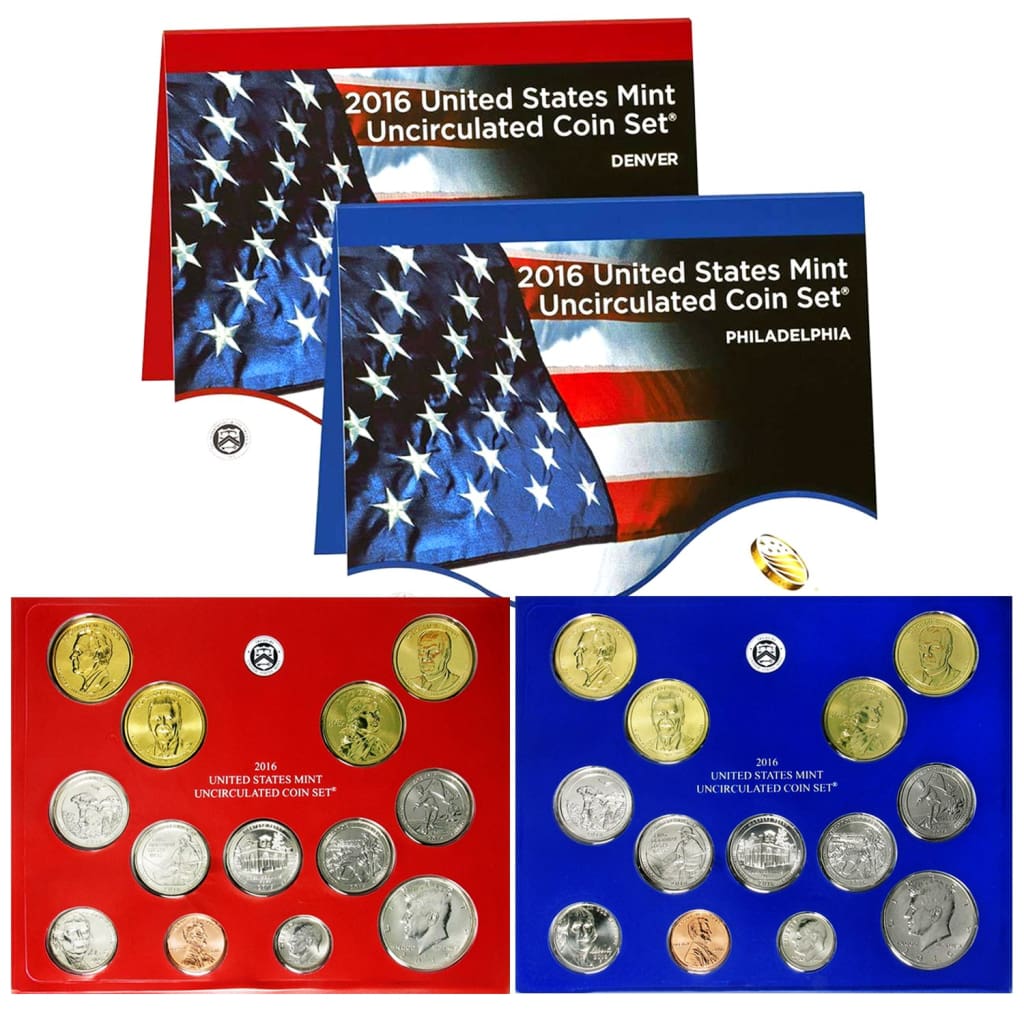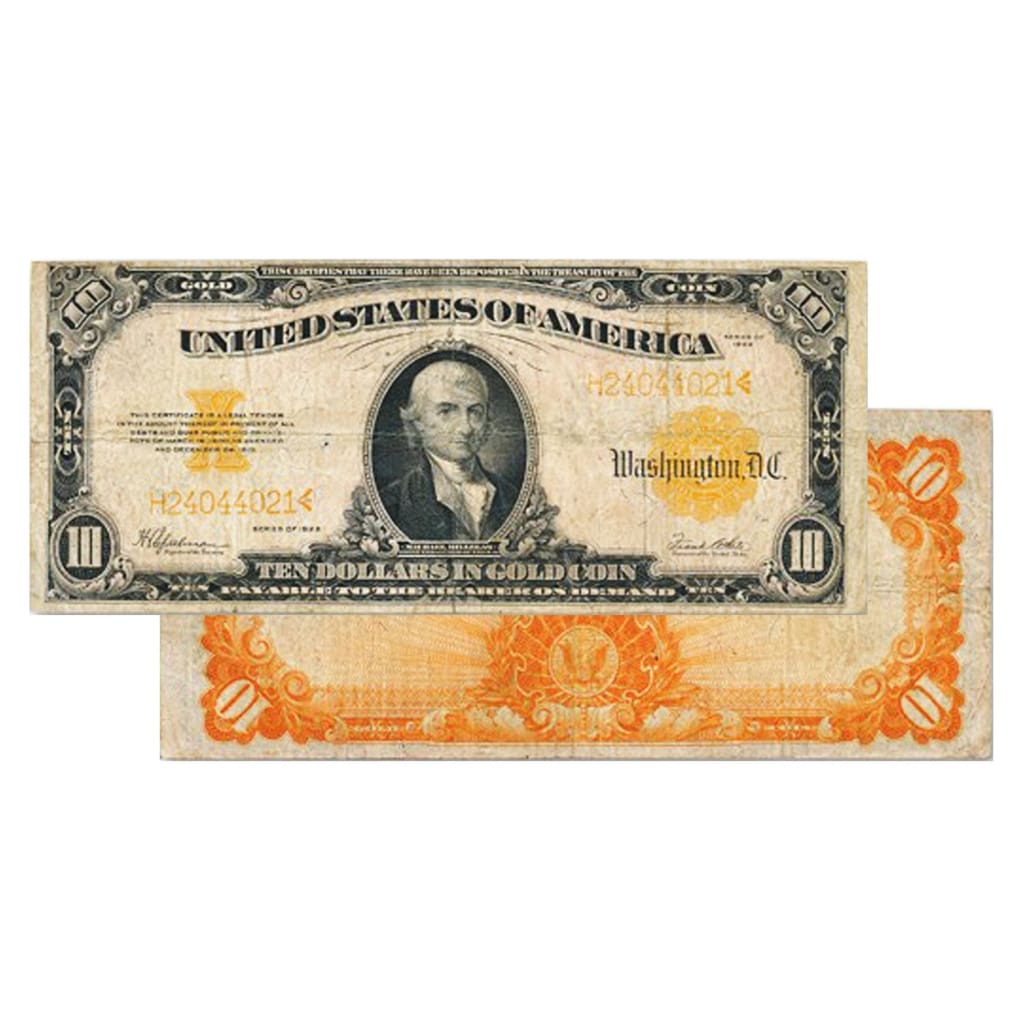As prospectors spread across the west during and after the California Gold Rush, several headed north to Oregon Territory to chase rumors of fresh finds there. Since there were few opportunities to assay and convert their gold dust and nuggets to spendable form, they brought it with them to Oregon.
With still no official territorial or federal offices to process the raw gold, a mercantile firm in Oregon City, the Oregon Exchange Company, took matters into its own hands. It hired craftsmen under the supervision of William Rector to build the coining equipment and engrave the dies.
One of the principals, J.G. Campbell, submitted a design for a $5 gold coin, dies were engraved, and production began in March 1849.
The Oregon Gold “Beaver Money”
In the rush to get into production, two errors were made on the $5 dies: the intended letters “O.T.” for Oregon Territory were transposed to “T.O.,” and where the eight partners’ initials appeared, Hamilton Campbell’s was engraved as a “G” instead of “C.” Rather than delay their release, the coins went into production with the errors.
Meanwhile, Victor M. Wallace was engraving dies for a $10 coin, on which the errors were corrected, but the initials for partners Abernathy and Wilson were omitted since they had not help fund new equipment.
Both the $5 and $10 coins featured a beaver perched on a log on the obverse (face). This led to the popular term for the coins: Beaver Money. The partners’ initials curved around the top edge; the year 1849 appeared at the bottom with a leafed branch radiating from each side. The letters T.O. (on the 5) and O.T. (on the 10) rested above the date.
The reverse of both coins had the company name, Oregon Exchange Company, around the edge. In the center, the coin’s weight was stated above the text “Natural Gold” and the denomination below.
To avoid accusations of debasing the gold, common in California, the Exchange coins were made of soft, unassayed but nearly pure gold. As additional assurance, the coins had 8-10% more gold than federally issued coins. But the softness of the coins made them susceptible to wear, and their high gold content led many of them being melted down for a profit.
Rarity and Collectability of Oregon Gold Coins
The run of the Oregon Exchange’s coin production was brief. Soon, standardized US, California, and Mexican gold and silver coins reached the area, eliminating the need for the Beavers. Production ended by September, barely six months after it started.
Historians estimate that around 6,000 $5 and 2,850 $10 coins were made, but very few survive. Most were taken to the San Francisco Mint when it opened and exchanged for US coins at a 10% premium. The Mint melted them down to use in production of the standard alloyed US coins.
Even heavily worn samples bring tens of thousands of dollars, and good quality coins easily reach into six figures. The record for a $5 Oregon Gold coin is $258,500 for an MS 62 piece at auction in 2014. An AU 55 coin brought $340,750 at the same auction. No Mint State $10 coins are known to exist.
Collecting Oregon Gold Coins
As with other rare territorial gold coins, collecting Oregon gold coins is not for the timid. But it’s a fascinating subject, even if you aren’t a buyer. You can learn more about Oregon Gold Coins on the PCGS Coin Facts website.

